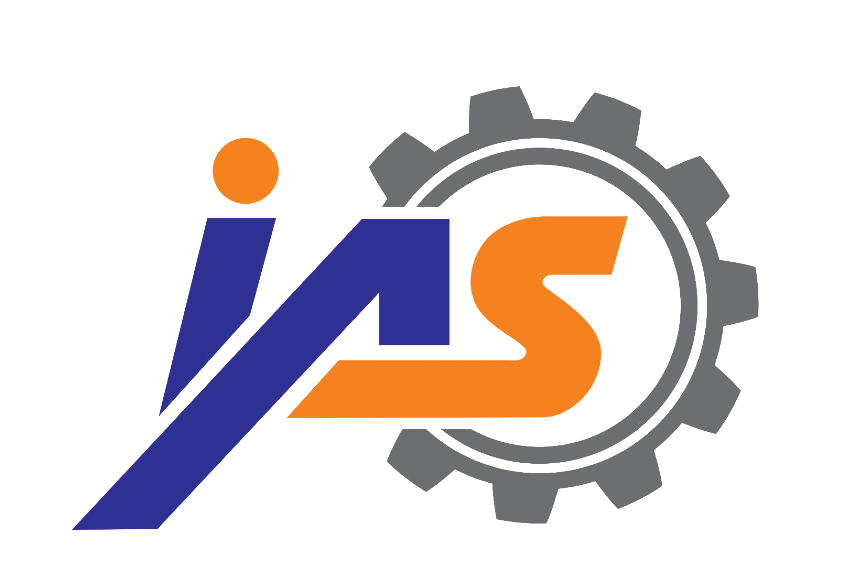One HMI and 2 PLCs
I have a project in which I would like to connect one Siemens HMI model KTP1200 to two Siemens PLC model S7- 1510-SP-1PN. When I enter a parameter value or change the settings in the HMI both the PLCs need to accept the new value or parameter and work. One CPU is connected to working equipment and the other is connected to standby equipment and both are identical in function. Since the output of both the PLCs controls a set of 10 nos. common Modbus RS 485 controlled flow control valves there should not be any command or signal conflict in the settings. Out of 10 control valves, 5 will be working at a time and the balance 5 will be on standby. The operator selects which valve to be brought online from HMI. We thought of having 2 HMI for 2 CPUs but since all the valves need to be controlled from any one of the PLCs at a time we feel there is a risk of signal /command conflict and operator error. Pl. help me out as to how to go about it! Alternatively I am also thinking about having 2 HMIs and 2 PLCs connected to TCP /IP common ethernet port which will again send and receive signals from Modbus controlled flow controlled valves using a Modbus to TCP=IP gate way. Which is the best option ?
Hi,
It’s great that you’re thinking ahead about how to design a system that meets your requirements. Both of the solutions you mentioned could work, but each has its own advantages and disadvantages.
- Connecting a single HMI to both PLCs: This approach is simpler as you only need to connect one HMI to both PLCs. You can use the HMI to communicate with both PLCs and switch between them based on the desired control valve. One way to do this is to have separate tags in each PLC to store the parameters, and use a conditional statement in the HMI to determine which PLC’s parameters to display and modify based on the selection of the control valve. However, there is a risk of command or signal conflict if the same parameters are being modified simultaneously by both PLCs. To mitigate this risk, you can implement a communication protocol, such as a token-based approach, to ensure that only one PLC can modify the parameters at a time.
- Connecting two HMIs and two PLCs over TCP/IP: This approach eliminates the risk of command or signal conflict by having each HMI and PLC pair work independently. In this case, you would need to implement a communication protocol to ensure that the two PLCs do not interfere with each other when controlling the valves. You could also use a Modbus to TCP/IP gateway to convert the Modbus communication to TCP/IP and make it easier to connect to both PLCs. This solution is more complex than the first, but it provides more isolation between the two PLCs and reduces the risk of conflicts.
Ultimately, the best option depends on your specific requirements, including the level of complexity you’re willing to accept and the level of risk you’re willing to tolerate. I recommend weighing the pros and cons of each approach and considering factors such as ease of implementation, reliability, and maintenance when making your decision.

